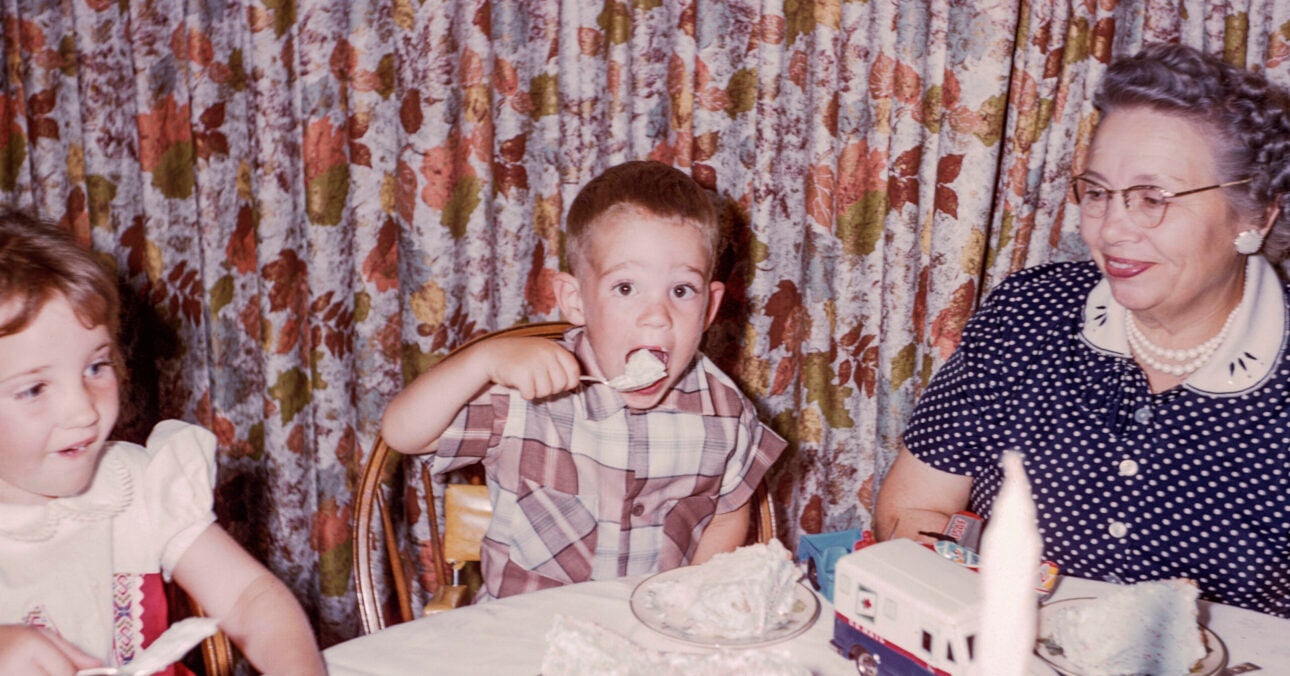The Christmas season is here, which means the clock’s a-ticking to find the perfect gifts for your loved ones.
Here are 29 books that our friends at The Heritage Foundation think you and your family will enjoy.
Current Affairs
The Daily Signal depends on the support of readers like you. Donate now
1) “A Republic, If You Can Keep It” by Neil M. Gorsuch
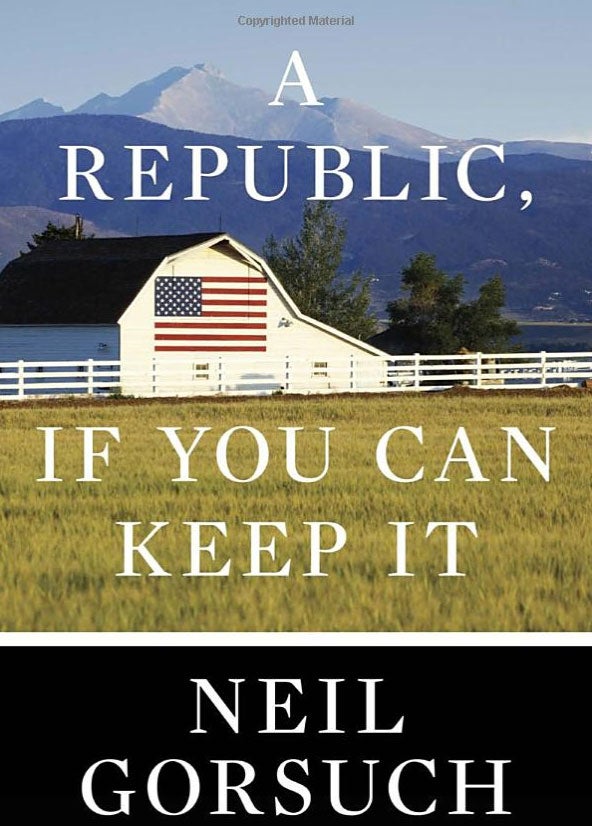
In a collection of speeches, judicial opinions, and anecdotes, Justice Neil Gorsuch offers advice to legal and lay audiences alike on the importance of civility, courage, and humility in American society. Gorsuch offers a rare glimpse into his private world, sharing poignant stories about his final moments of anonymity before being thrust onto the national stage with his nomination to the Supreme Court. He reveals how a neighbor helped him evade reporters camped out near his home in the Colorado countryside and how he enjoyed coloring pictures with a little girl on the plane ride to Washington that would change his life forever. While fans of Gorsuch will enjoy reading his speeches and opinions, it’s the brief piercing of the judicial veil that leaves the reader wanting more.
—Elizabeth Slattery is a legal fellow in The Heritage Foundation’s Edwin Meese III Center for Legal and Judicial Studies and host of “SCOTUS 101,“ a podcast about the Supreme Court.
2) “The Unholy Trinity: Blocking the Left’s Assault on Life, Marriage, and Gender” by Matt Walsh
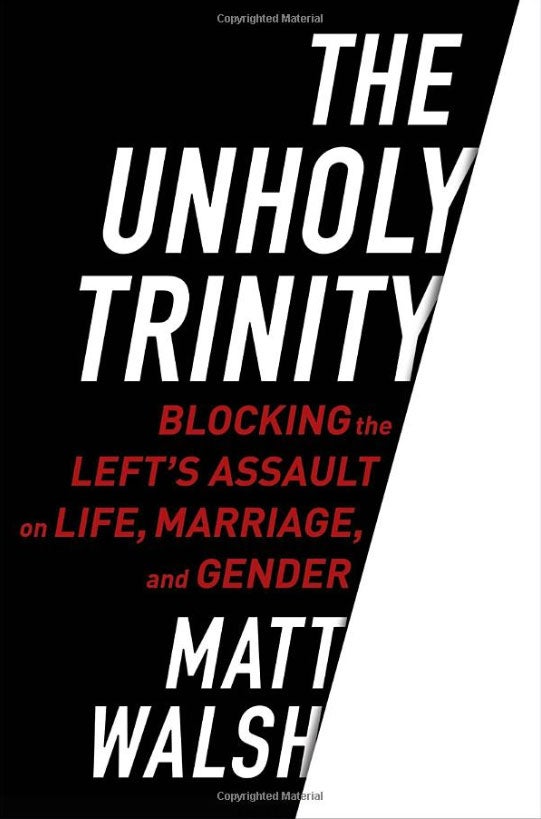
The fabric of American culture that was once deeply rooted in fundamental biblical principles is rapidly unravelling at a pace that many conservatives often don’t recognize. Matt Walsh does not mince words when it comes to calling out the dangers of the left’s three key social battlegrounds of redefining life, marriage, and gender. He argues that if progressivism can reshape the meanings of gender, family, and life to its own desire, it has established relativism over God as the supreme law and now holds the power to destroy Western civilization.
—Thaleigha Rampersad is a production specialist at The Heritage Foundation.
3) “Open Borders: The Science and Ethics of Immigration” by Bryan Caplan and Zach Weinersmith
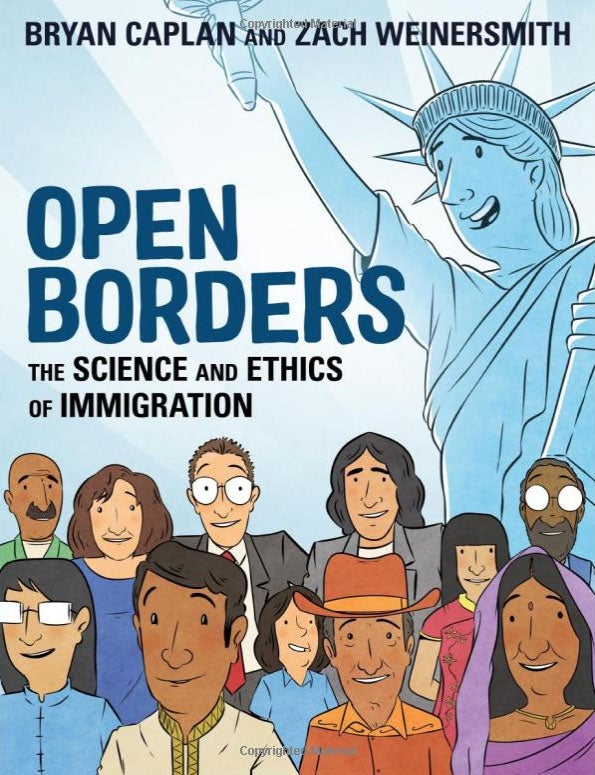
In this book, Bryan Caplan and Zach Weinersmith produce an incredibly thoughtful book on one of the most critical policy issues of the day. It should be read by anyone who is at all interested in immigration policy, regardless of what one currently thinks about open borders.
—Paul Winfree serves as director of the Thomas A. Roe Institute for Economic Policy Studies at The Heritage Foundation.
4) “A History (and Future) of the Budget Process in the United States: Budget by Fire” by Paul Winfree
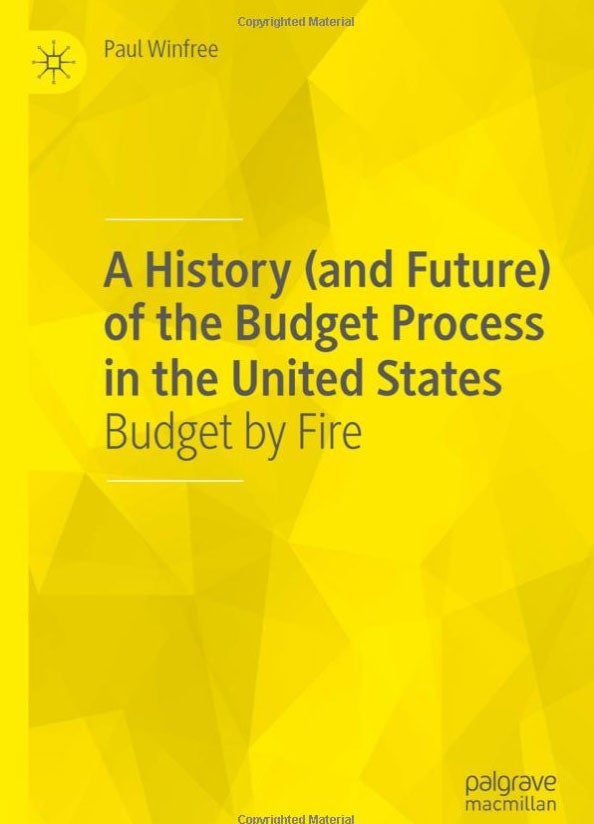
Join Paul Winfree for a fun romp through the exciting history of America’s federal budget process. OK, maybe not a “fun romp,” but definitely an educational and entertaining excursion. Informed by his experience on Capitol Hill and at the White House, Paul brings a truly unique perspective to explaining how the seemingly arcane federal budget process actually lies at the center of nearly every major governing decision throughout the nation’s history. In the end, Paul teaches us what we already kind of knew: The men and women who built and governed this nation never really knew exactly what they were doing. But by hook or by crook, driven by principle, a little politics, and maybe a skosh of luck, they somehow succeeded in building (and funding) a pretty amazing place.
—Jack Spencer is vice president of the Institute for Economic Freedom and Opportunity at The Heritage Foundation.
5) “Political Visions and Illusions: A Survey and Christian Critique of Contemporary Ideologies” by David Koyzis
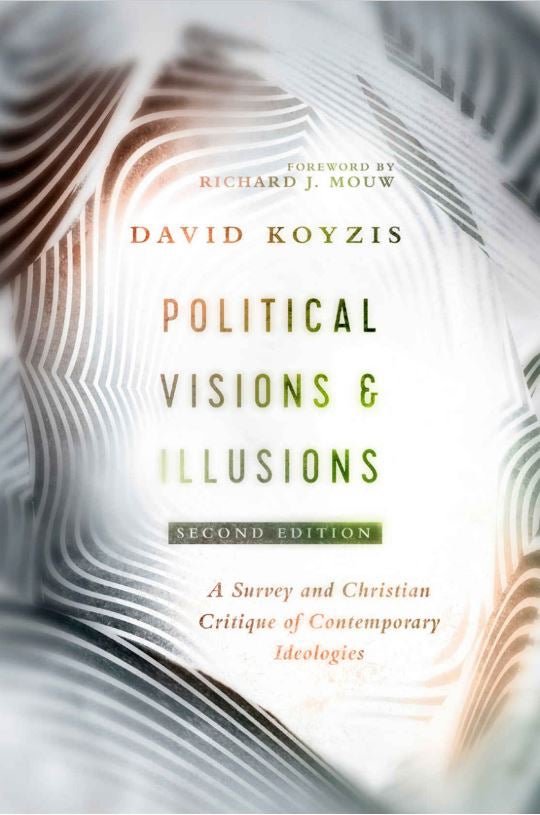
“There’s often a grain of truth in a lie.” We hear that saying in everyday life, but it’s a deeply true insight when applied to political thought, as David Koyzis shows in his winsome and accessible book. Liberalism, nationalism, socialism—each of these contain something of the truth, even if they’re ultimately wrong. How can that be? As a Christian, Koyzis points to Scripture, which teaches that God created all things good. The problem in life, and in politics, is that we’re prone to pick one good thing out of creation and ascribe ultimacy to it, putting it in the place of God. For liberals, that means giving ultimate value to the individual. For democrats, the voice of the collective people is ultimate. For socialists, material equality is ultimate. Koyzis argues that each of these political ideologies (and others) are a form of idolatry that, at root, are deeply religious—no matter how secular they may claim to be. His solution is to stop elevating one aspect of reality over others, and instead to find order in all that God has created.
Koyzis’ book offers Christians a helpful and salient way to assess political ideologies. For the non-believer, it shows how biblical truths make sense of the politically charged world we find ourselves in.
—Daniel Davis is the commentary editor of The Daily Signal and co-host of The Daily Signal Podcast.
6) “Letters to the Church” by Francis Chan
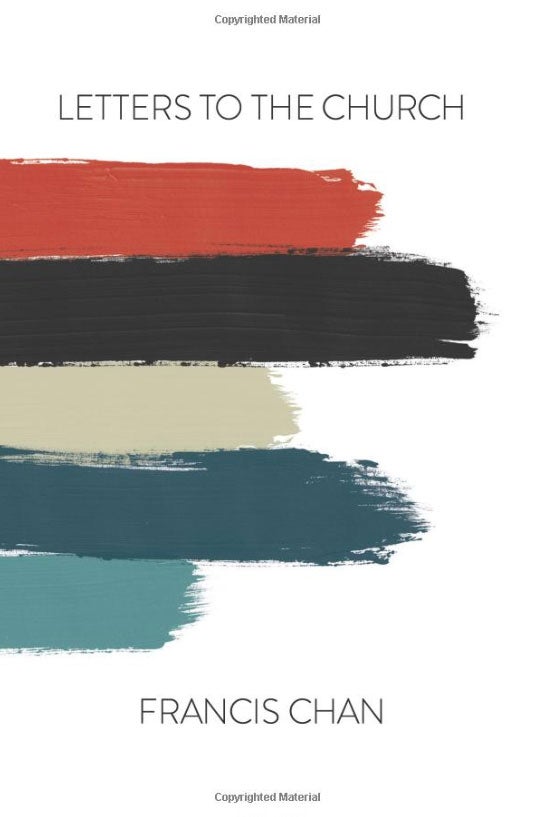
The early Church, as described throughout the book of Acts, was called to be an unstoppable force in a broken world looking for answers, and hope that could only be found in a life following Christ. Francis Chan reminds readers of these fundamental principles that marked the Church at its inception. He challenges believers to risk it all for God’s mission in the world and passionately pursue His vision for the Church, and to transform their Sunday attendance from what’s often become a mundane ritual to a genuine spiritual encounter with the one true God.
—Thaleigha Rampersad is a production specialist at The Heritage Foundation.
Biography
7) “You are Worth It: Building a Life Worth Fighting For” by Kyle Carpenter
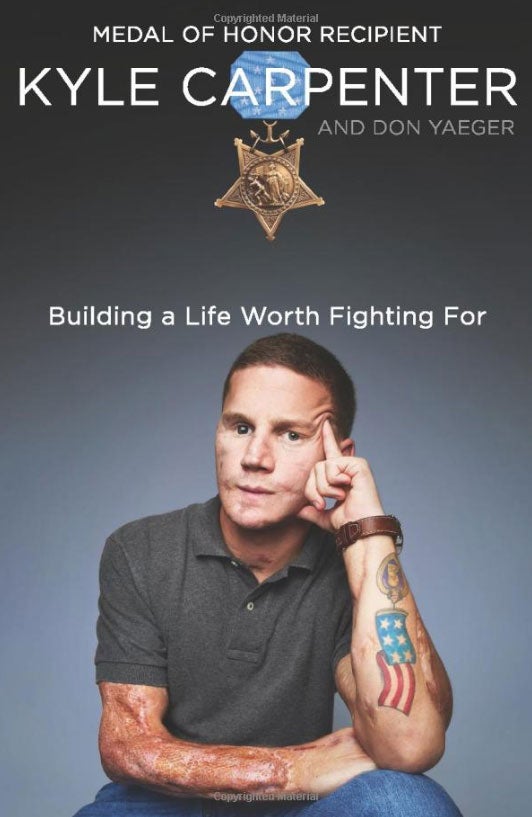
Kyle Carpenter’s book is an insightful reflection on living for others. Carpenter, the youngest living Medal of Honor recipient, shares his story from childhood through his fateful moment during a deployment in Afghanistan when he threw himself on a grenade to protect his unit. Despite his significant injuries, Carpenter explains how he had to choose to accept his disabilities with humor and humility in order to use his story to support others going through challenges.
A particularly poignant moment that provided the name of the book came from a conversation with his Uber driver, an immigrant who was profoundly grateful for the opportunity to be an American. After being thanked for his service, Carpenter without thinking replied, “You are worth it.” One of the most inspiring takeaways from the book is that we are all given the chance to be someone else’s miracle as we go about our daily lives, something that Carpenter sees as his new mission after leaving the Marines.
—Abby Bird is the recruitment and training coordinator at The Heritage Foundation.
8) “When Breath Becomes Air” by Paul Kalanithi
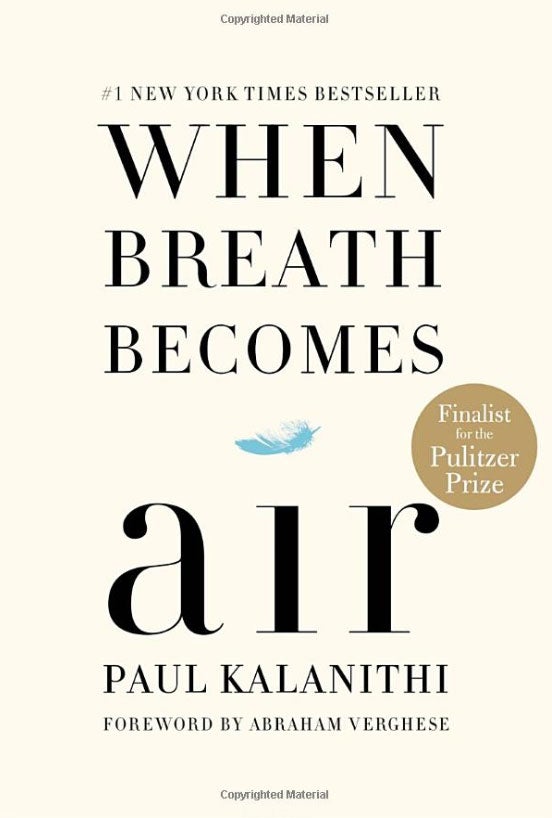
This paradigm-shifting book was recommended to me by Heritage colleague Joshua Meservey. An auto-biography, “When Breath Becomes Air” drops you into the life of up-and-coming neurosurgeon Paul Kalanithi, who receives an unexpected diagnosis of terminal cancer in his early 30s. It takes you on a journey exploring the meaning of life and death as Kalanithi grapples with these concepts during his final days. The book is simultaneously about the eternal and the present, and its beautiful prose calls you to contemplate the meaning of your own life and death. Easily in my top three books I’ve ever read.
—Olivia Enos is a senior policy analyst in the Asian Studies Center at The Heritage Foundation.
9) “The Power Broker: Robert Moses and the Fall of New York” by Robert A. Caro
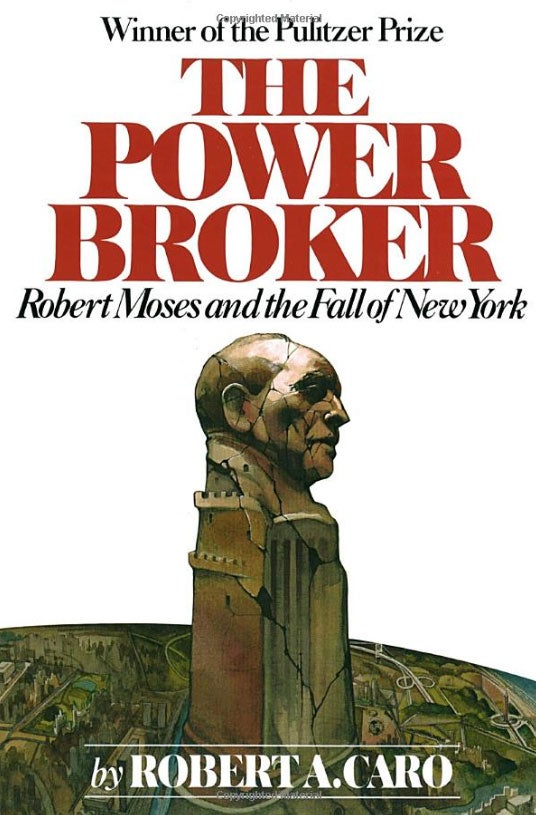
This Pulitzer Prize-winning biography shows not just how one man corrupted New York, but how pervasive corruption can be hidden from the public—even in America. Caro’s legendary, meticulous research shows the reader how power works in America and proves that our perceptions of power can be disastrously wrong. Robert Moses, for example, built public works that were adored by the masses on an unparalleled scale (many are still in use today), making himself the most popular man in New York in the process. However, his strong arm methods and explicitly racist philosophy broke New York City’s government and infrastructure for generations to come.
This in-depth history classic reads like a novel. He leads the reader to hope that “maybe they can stop him this time,” only to see him time after time subvert the checks and balances of liberty in the most creative ways. Caro’s conversational style guides the average reader through complex political issues at a very accessible level. A must-read for any American who thinks they would know if their government was hijacked.
—Patrick Hulehan is a senior accountant at The Heritage Foundation.
10) “Storm of Steel” by Ernst Jünger
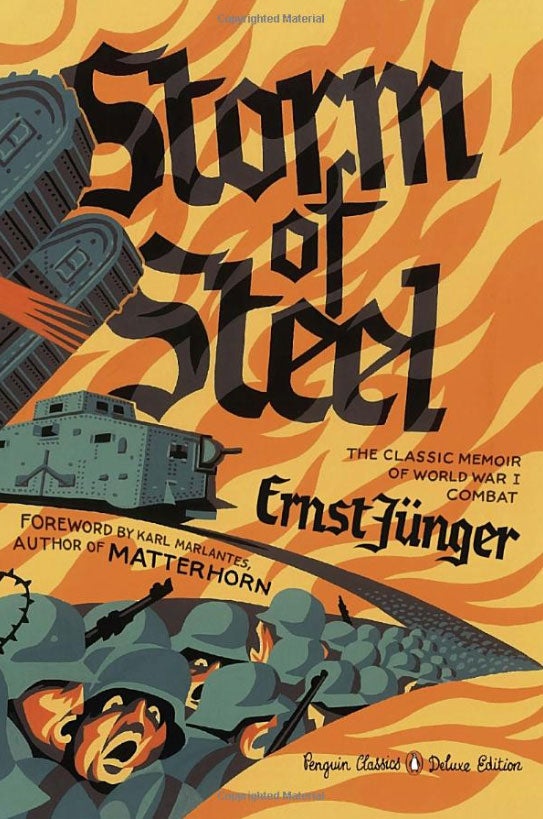
This book is about soldiering, plain and simple. First published in German in 1920, and later translated into English, this is a story about trench warfare in World War I as told by a plucky young German soldier. Jünger does not delve into the complex origins or political circumstances that led to the outbreak of war. If he held any political views about the Kaiser or the conduct of the war, he does not share them. If that’s what you are looking for, then this book is not for you. If you’re looking for a raw account of what it was like to fight as a young man (wounded seven times) on the losing side of one of the deadliest conflicts in human history, this is your book.
—Luke Coffey is the director of the Allison Center for Foreign Policy Studies at The Heritage Foundation.
11) “Miles Gone By: A Literary Autobiography” by William F. Buckley Jr.
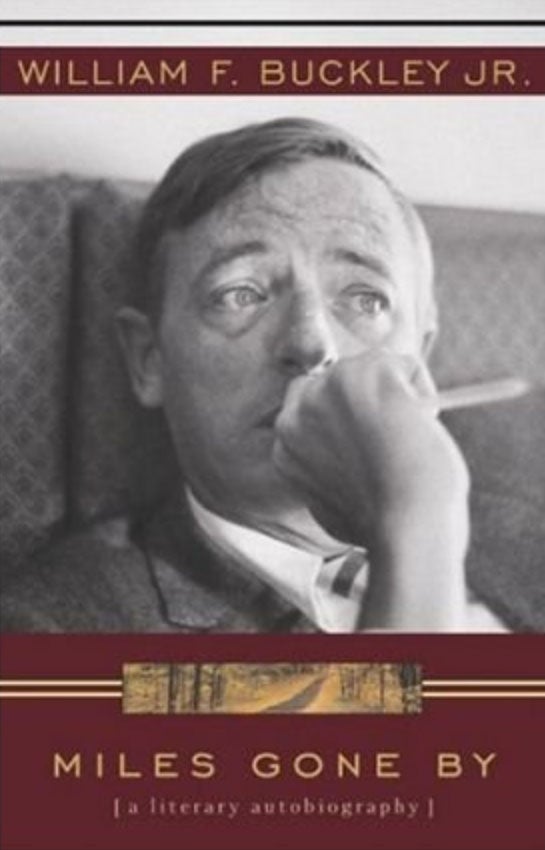
Buckley offers a selection of previously published writings that limn “a narrative story of my life, at work and play.” The pieces reveal what matters most to the founder of the modern American conservative movement—family, friends, and his travels on land and sea.
—Lee Edwards is the distinguished fellow in conservative thought at The Heritage Foundation’s B. Kenneth Simon Center for Principles and Politics.
12) “Why Soldiers Miss War: The Journey Home” by Nolan Peterson
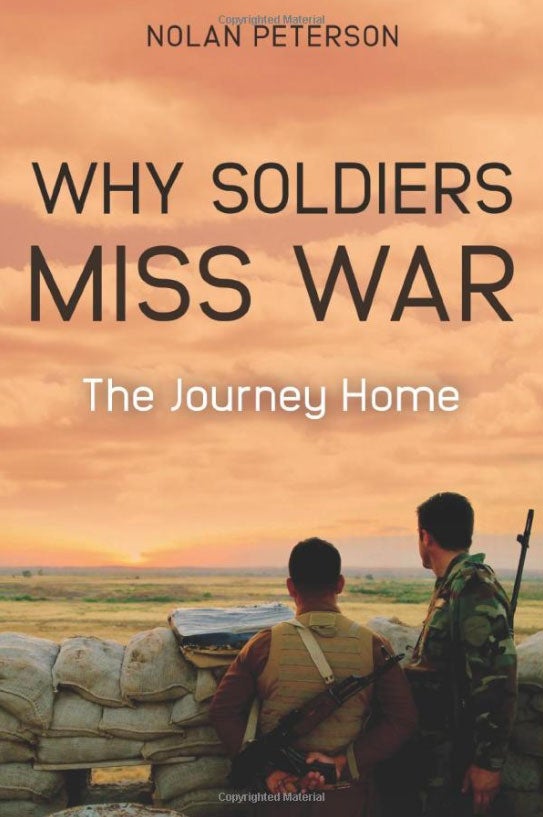
I was first introduced to Nolan Peterson in 2015 and soon realized his tremendous talents as a writer and war journalist when we hired him as The Daily Signal’s first foreign correspondent. What I came to learn later was his rich history as a combat veteran. In his latest book, Peterson draws from his own experience as a U.S. Air Force special operations pilot in Afghanistan and Iraq to explore the lasting effects of war and the challenges of coming home.
—Rob Bluey is executive editor of The Daily Signal.
13) “Leaving Cloud 9” by Ericka Andersen
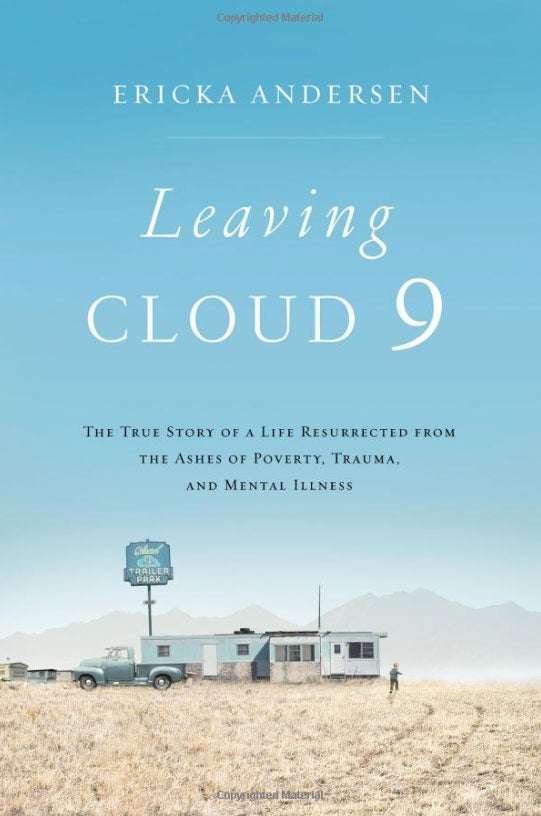
If you enjoy memoirs, you’ll love the heartbreaking story in “Leaving Cloud 9” of a boy who grew up amid abuse and poverty—ultimately overcoming his past through a transformational relationship with God. After joining the Army at 18, suffering through PTSD, divorce, and extreme depression, Rick was at rock bottom. Meeting his wife led him through church doors he had long abandoned. This book has been compared to “Hillbilly Elegy” and lives up to the name. You’ll walk away recognizing that the power of God and individual influences in our lives are far more powerful than any government policy. A truly incredible story of redemption.
—Michelle Cordero is the digital content manager for The Heritage Foundation.
14) “Option B: Facing Adversity, Building Resilience, and Finding Joy” by Sheryl Sandberg and Adam Grant
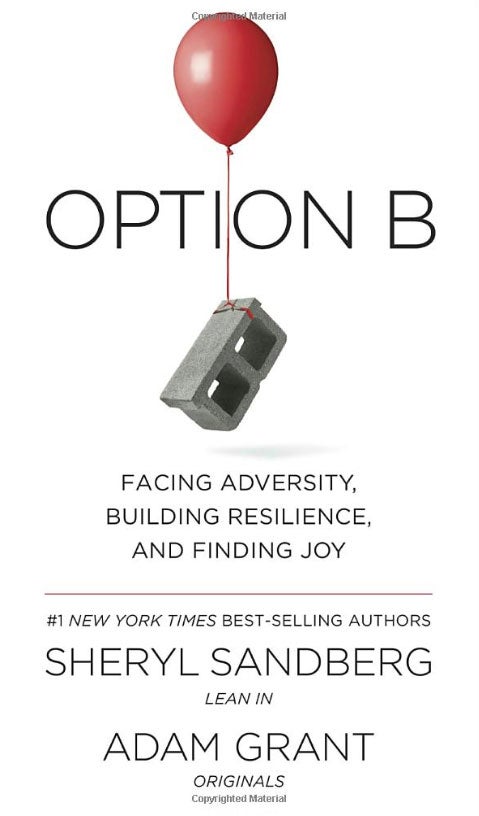
“Option B” combines the story of a real-life tragedy, experienced by tech executive Sheryl Sandberg, with insights by psychologist Adam Grant to help people through grief and onto a path to healing and thriving. It’s a tremendously moving and inspiring book that will be particularly valuable for those suffering from loss and the people that surround them. Whether you’re the person who is in pain or are trying to help a family member, a friend, or a colleague who is experiencing grief, “Option B” is an invaluable guide for living through pain and building resilience to find joy again.
—Romina Boccia is the director of the Grover M. Hermann Center for the Federal Budget at The Heritage Foundation.
History
15) “The Only Plane in the Sky: An Oral History of 9/11” by Garrett M. Graff
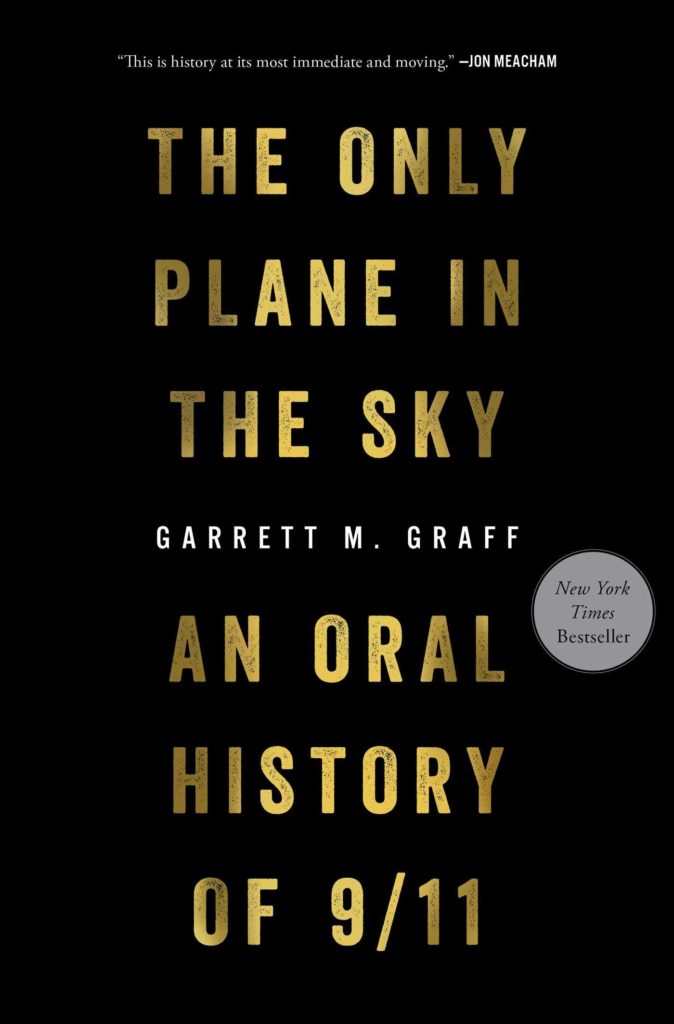
It’s often been said that there isn’t a New Yorker that doesn’t have a Sept. 11 story. This book pieces together some of the most poignant ones interspersed with the stories from some of the key players of the Bush administration who were with the president on the day time stood still for the nation. Whether you pick up an audio version (which has powerful playback from voicemails left for loved ones from passengers on the planes before they crashed) or purchase the hard cover copy, Graff places you directly into the shoes of people who were affected by the events of Sept. 11, 2001.
Once Air Traffic Control and the country’s leadership understood the grave danger of the events that were unfolding, all planes across the country were grounded until further notice—except one, Air Force One. Some of the most moving testimonies are from members of the Bush administration and the fastidious notes they took on the day of the attacks. Recognizing that they may have had one of the most unique and interesting points of view from that day, the stories they tell are ones so often not heard, but so pivotal in the scheme of history.
—Thaleigha Rampersad is a production specialist at The Heritage Foundation.
16) “The Great Partnership” by Christian B. Keller

You don’t have to be a Civil War buff to find this book interesting. Sure, it’s filled with historical details from several key Civil War battles, but they’re all in the service of showing how the partnership between Robert E. Lee and Thomas “Stonewall” Jackson developed, and why it produced a string of military wins that stunned the pre-Gettysburg Union Army—victories that are studied to this day.
So while Keller’s book will probably prove most appealing to those who love history, it’s also valuable for those trying to learn more about leadership and how to forge an effective team—in war, yes, but also in sports or business. Drawn from numerous primary sources, it can help just about anyone looking for insights into what makes a partnership work, offering lessons that can help readers in any field.
—Paul Gallagher is manager of editorial services at The Heritage Foundation.
17) “Hymns of the Republic: The Story of the Final Year of the American Civil War” by S. C. Gwynne
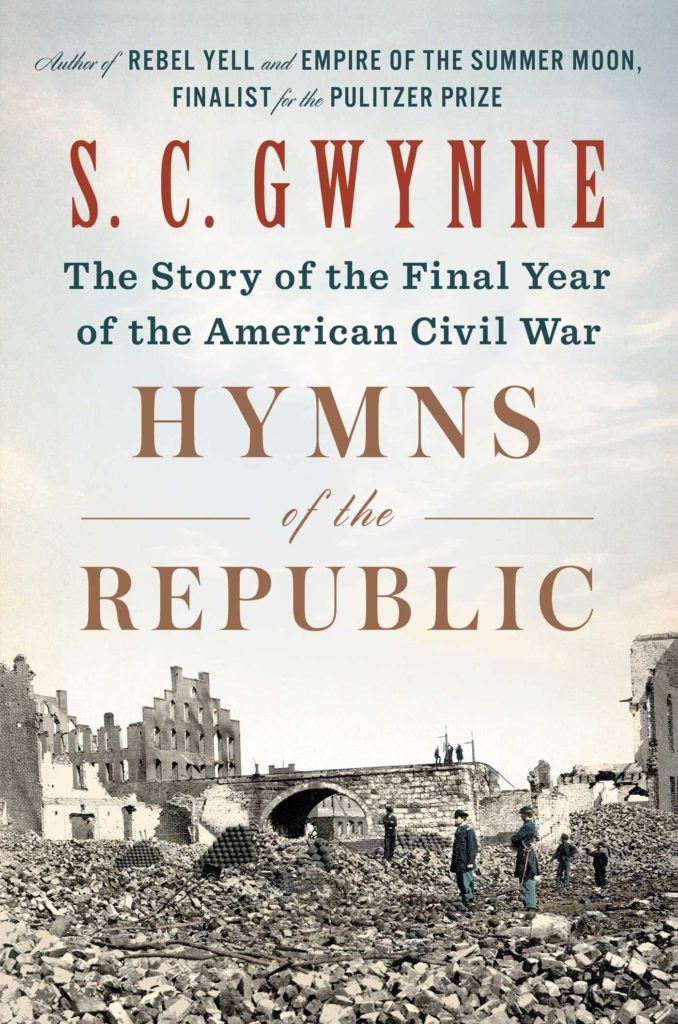
In Gwynne’s third historical volume, he tackles a critically important but seldom reviewed chapter of American History. He follows the Civil War and its major characters from Ulysses S. Grant’s ascension as Abraham Lincoln’s top general through the aftermath of the president’s assassination. This is a stirring, beautifully written book that will give each reader an appreciation for the narrative and significance of the war’s final year. Gwynne carries you through the military, political, and personal dynamics that finally reunited our nation.
—Raz Shafer is senior assistant to the president for donor relations at The Heritage Foundation.
18) “Bad Blood: Secrets and Lies in a Silicon Valley Startup” by John Carreyrou
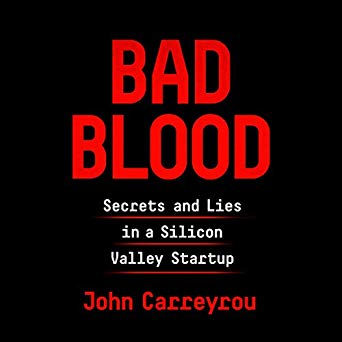
Elizabeth Holmes was the founder of Theranos, a Silicon Valley startup that promised to revolutionize medical treatment. Theranos said they had developed a printer-sized device that could carry out blood tests using only tiny samples. It would enable more people to identify potentially fatal diseases in their earliest stages, saving countless lives. Holmes visualized one in the home of every American.
The concept was a sensation, and Theranos regarded as potentially the Apple of health care (a dream for Holmes, who was so obsessed with Steve Jobs she would dress like him and attempt to speak in his tone of voice). Holmes herself was a rising superstar who titans of the business and political world were scrambling to work with, including Gen. James Mattis, Henry Kissinger, and George Shultz. At its peak, Theranos was worth $9 billion.
There was, however, a catch. Theranos’ technology didn’t work. It was all a con.
Holmes is today awaiting trial on two charges of conspiracy to commit wire fraud and nine counts of wire fraud. She faces up to 20 years in jail. “Bad Blood” explains how she went from being the darling of Silicon Valley to the disgrace of it. The ugly, full extent of Holmes’ megalomania, her attempts to conceal the scale of her deception, and the damage she did to all those in her orbit, are thrillingly laid out in a tale steeped with ambition, paranoia, and obsession.
—Robin Simcox is the Margaret Thatcher Fellow at The Heritage Foundation.
19) “The British Are Coming” by Rick Atkinson
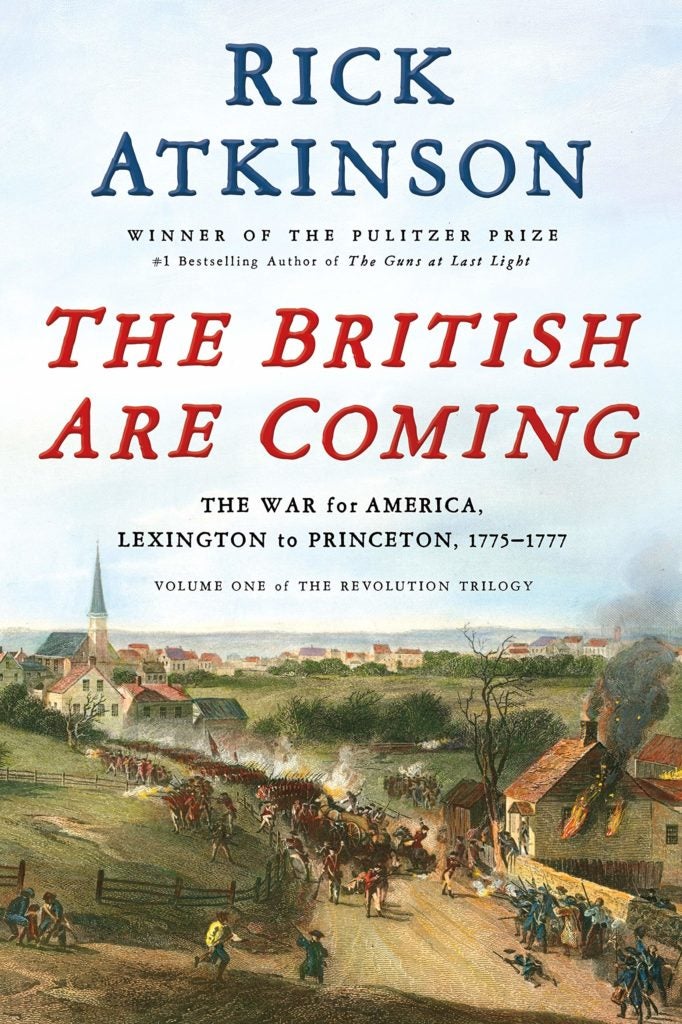
History buffs will remember Atkinson as the author of the critically acclaimed Liberation Trilogy describing the liberation of Europe in World War II, a volume that won the Pulitzer Prize. Atkinson, a former journalist, has embarked on a new enterprise, the Revolution Trilogy. The first volume, “The British Are Coming,” was published in May 2019 and covers the start of the war at Lexington to the Battle of Princeton in January 1777. Bottom line: It is a delight. Even for those well-acquainted with this period, Atkinson provides new insights and vivid color. It’s almost as if Atkinson is present, looking over the shoulder of King George as he directs the war effort, or Washington as he despairs over the state of the Continental Army. Even though it weighs in at 800 pages, you won’t want it to end. I can’t wait for volumes 2 and 3.
—Tom Spoehr is the director of the Heritage Foundation’s Center for National Defense.
20) “Endurance: Shackleton’s Incredible Voyage” by Alfred Lansing
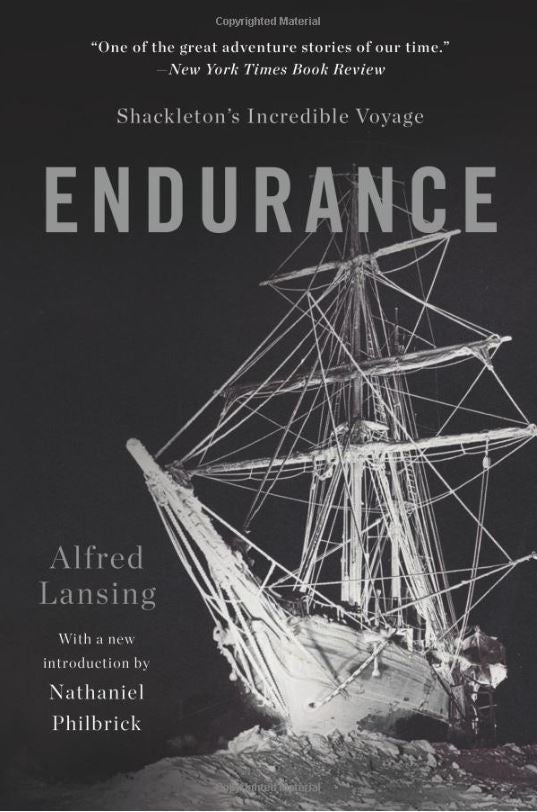
This is a riveting tale of one of the greatest survival stories in history, and how leadership, character, teamwork, and sheer gutsy determination enabled the crew of the Endurance to prevail against the overwhelming odds of Antarctica for two years. Their ship crushed by pack-ice near the outset of the expedition, the men were faced with the challenge of surviving not only the brutal winters, but the unexpected dangers of “summer” as their makeshift camps were threatened by splitting ice floes. Survival would ultimately depend on an 800-plus mile voyage by six of the crew, crossing the stormy south Atlantic in an open lifeboat only 20-feet-long to reach one of the remotest outposts of civilization on Earth.
—Dakota Wood, who served America for two decades in the U.S. Marine Corps, is the senior research fellow for defense programs at The Heritage Foundation.
21) “Gods of the Upper Air: How a Circle of Renegade Anthropologists Reinvented Race, Sex, and Gender in the Twentieth Century” by Charles King
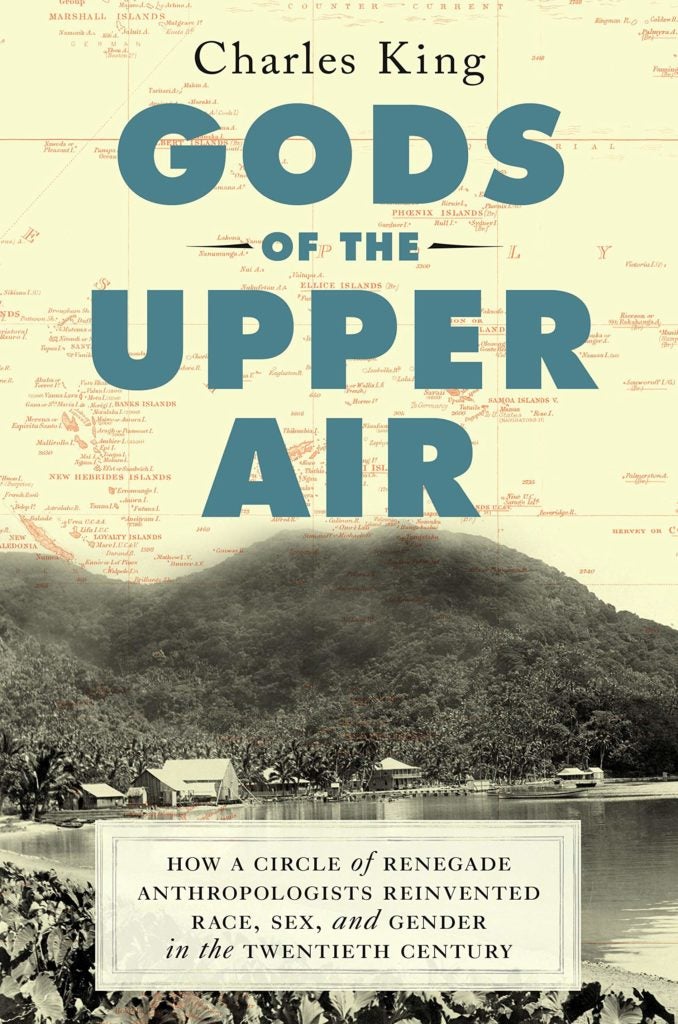
A handful of renegade anthropologists reshaped how we think, for good and ill. It’s worth reading their story to understand how we got from there to here.
—James Jay Carafano is The Heritage Foundation’s vice president for foreign and defense policy studies, E. W. Richardson fellow, and director of the Kathryn and Shelby Cullom Davis Institute for International Studies.
22) “Covert Cows and Chick-fil-A: How Faith, Cows, and Chicken Built an Iconic Brand” by Steve Robinson
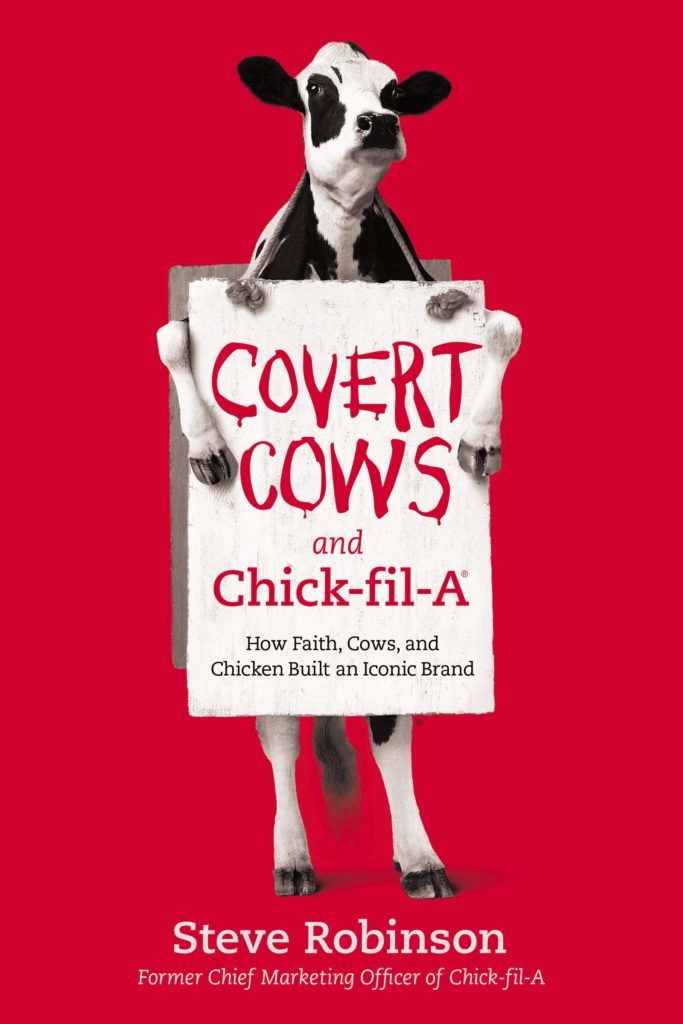
Written by the former chief marketing officer of Chick-fil-A for over 30 years, Steve Robinson takes the reader on his journey from joining Chick-fil-A before it was ever a household name in the fast food industry to where it is today. Robinson also explains the impact Truett Cathy’s leadership had on his faith, family, and career. Full disclosure: You may want to be within the vicinity of your local Chick-fil-A while reading this as it inspired several impromptu trips to the now widely-known and beloved fast food chain.
—Thaleigha Rampersad is a production specialist at The Heritage Foundation.
Fiction
23) “A Partial History of Lost Causes” by Jennifer duBois
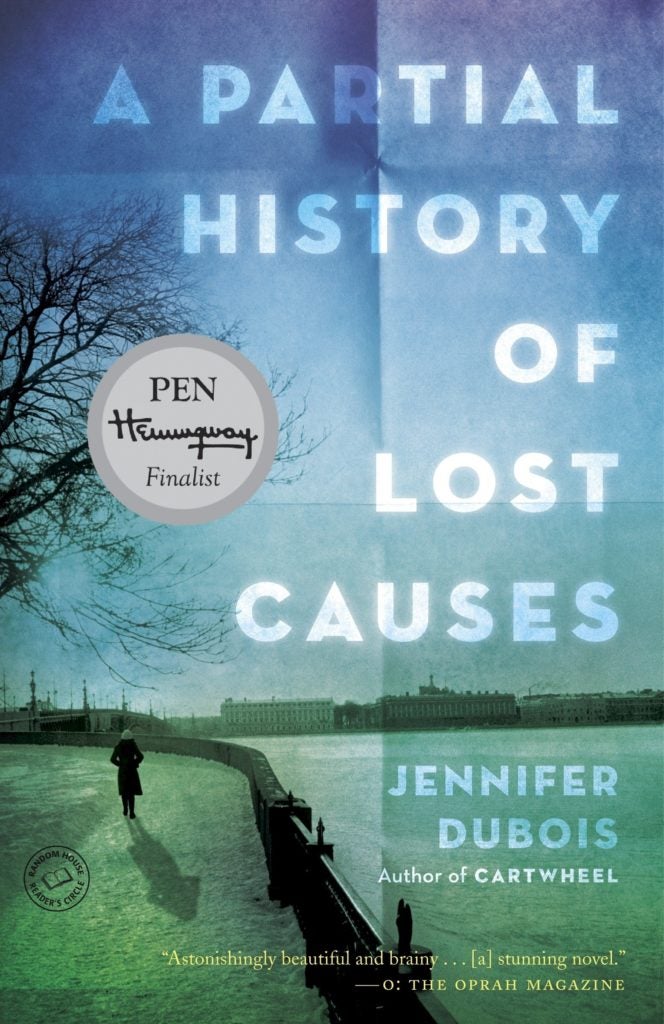
After observing the slow, painful disintegration and eventual death of her father at the hands of Huntington’s disease, the main protagonist and Russian-American academic, Irina, discovers that she will unquestionably suffer the same fate as her father. After his passing, she searches for any link to her father’s life when he was healthy and thriving and discovers a letter written by her father to famed Russian chess player-turned-politician Aleksandr Besetov. Irina and Aleksandr’s lives become inextricably linked across oceans and later in-person after Irina determines to meet him. Through beautiful and unexpected parallels to the actual game of chess, author Jennifer duBois does a masterful job tying two seemingly disparate lives together in a narrative of striving, suffering, and set-backs that, in the end, will leave you wanting more.
—Olivia Enos is a senior policy analyst in the Asian Studies Center at The Heritage Foundation.
24) “The Murmur of Bees” by Sofia Segovia
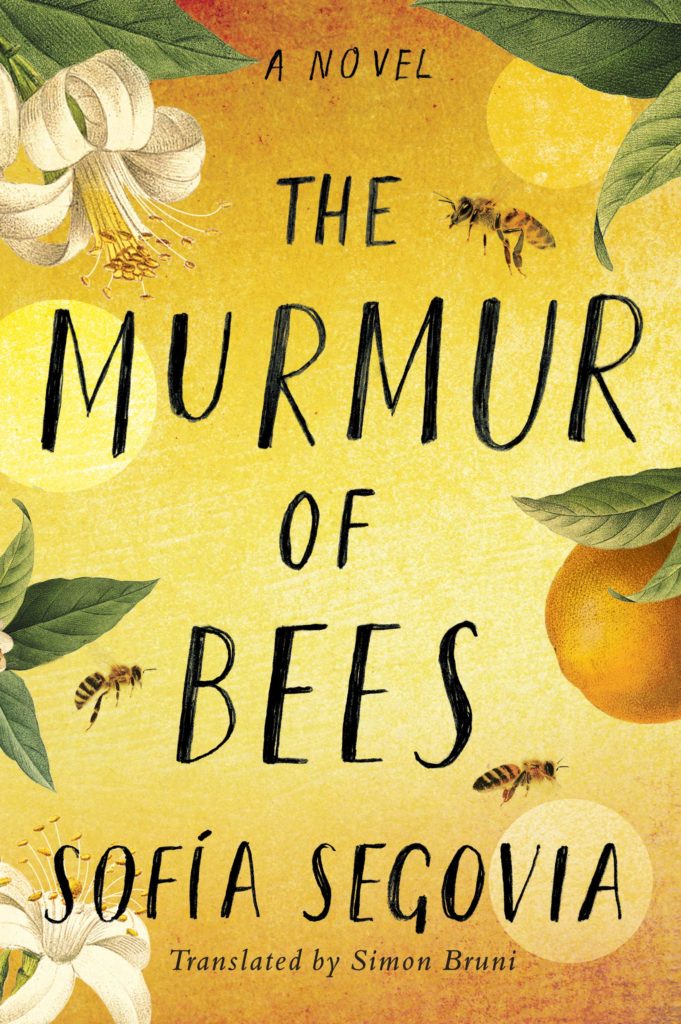
This novel by Mexican writer Sofia Segovia, recently published in English, is really outstanding. As the blurb on Amazon notes, it’s about a mysterious child with the power to change a family’s history in a country on the verge of revolution.
—James Roberts is the research fellow in freedom and growth at The Heritage Foundation’s Center for International Trade and Economics.
25) “A Fire Upon the Deep” by Vernor Vinge
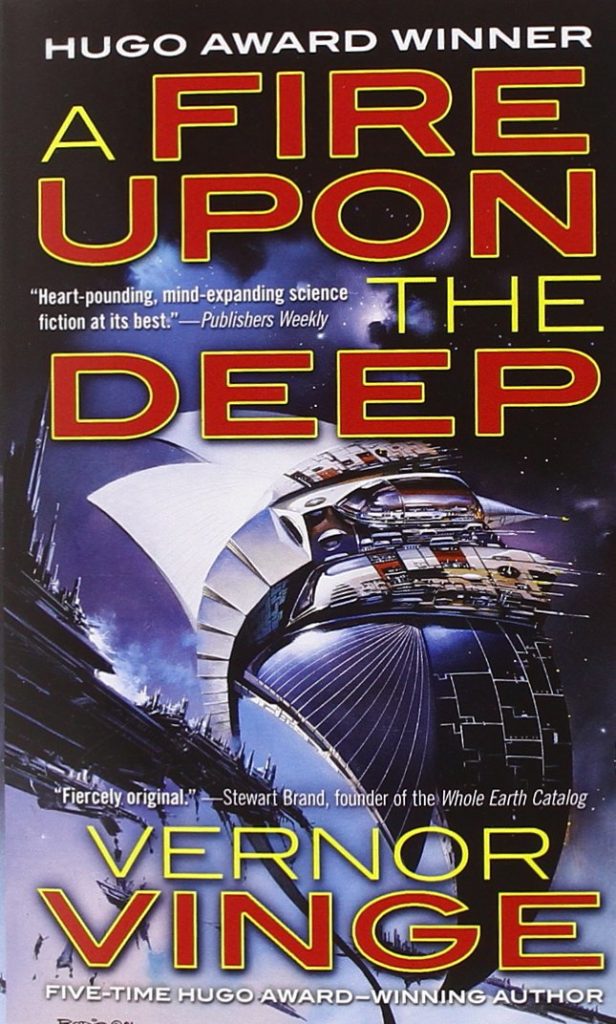
It’s very rare to find a book that can scratch the itch for both Tolkienian high fantasy and Star Trek-style space opera at the same time. But Vernor Vinge’s genre-defining 1992 masterpiece does just that. On the one hand, it deals with the highest of sci-fi concepts—a techno-libertarian galaxy menaced by godlike artificial intelligences, and dependent upon an endless communication network called “Known Net.” On the other hand, half the story focuses on two children who crash-landed on a medieval planet of swords and castles. The collision of these two societies results in one of the great spectacles of 20th-century sci-fi. This book is a total mind-bender that features intergalactic message-board posts, compound minds assembled from multiple dogs, and the greatest act of heroism ever committed by a potted plant. This might be a bit grim for kids, but if you want to totally sink into a world beyond your wildest imaginings, give this one a go.
—Adam Brickley serves as program associate for lectures & seminars at The Heritage Foundation.
26) “Death Comes for the Archbishop” by Willa Cather
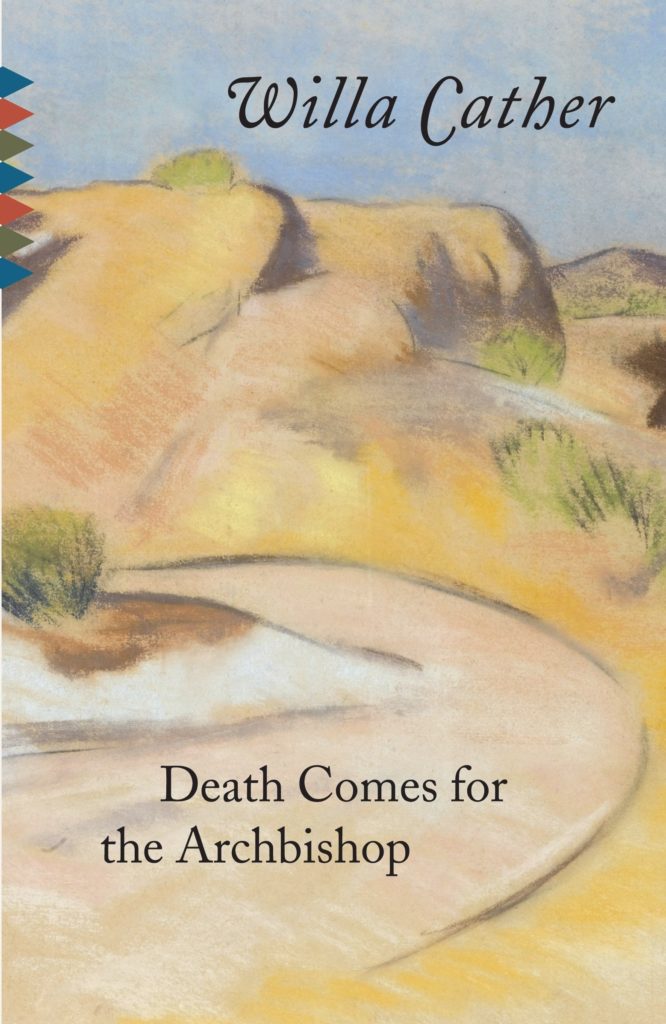
Best known for her stories of the Nebraska prairies, Cather makes the southwestern desert and sky characters in this beautifully written story. “Death Comes for the Archbishop” is an elegy to a mythic land and a requiem for a devout missionary who epitomizes the classic virtues of courage, justice, and wisdom.
—Lee Edwards is the distinguished fellow in conservative thought at The Heritage Foundation’s B. Kenneth Simon Center for Principles and Politics.
Children
27) “Nobody Knows How to Make a Pizza” by Julie Borowski
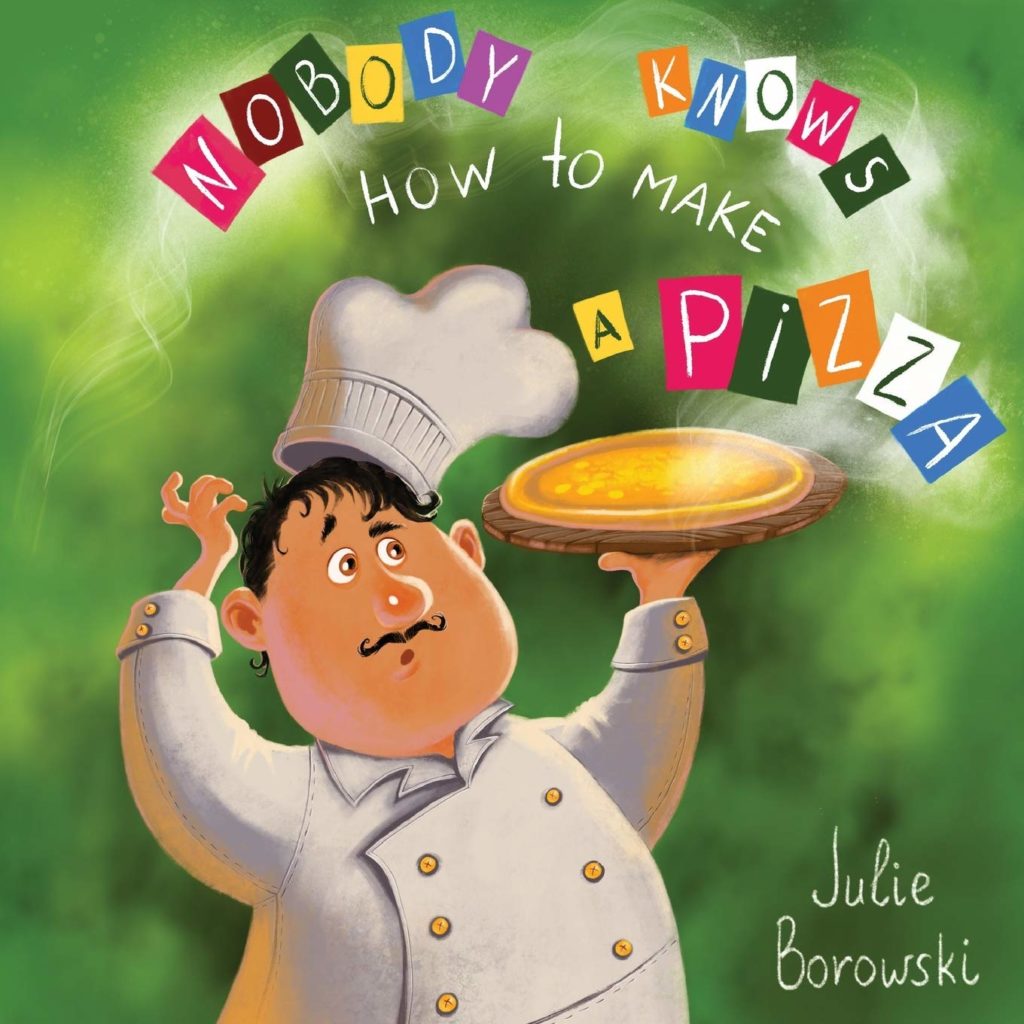
A pizza is just some dough, sauce, cheese, and toppings. How difficult could it be to make one? In this beautifully illustrated book, Julie Borowski shows that there is much more to it than meets the eye. She takes concepts from Leonard E. Read’s classic economic essay “I, Pencil” to introduce the wonders of voluntary exchange, the division of labor, and spontaneous order to children in a fun and engaging way. Economics explained in a way that even children can understand.
—Romina Boccia is the director of the Grover M. Hermann Center for the Federal Budget at The Heritage Foundation.
28) “Mr. Mehan’s Mildly Amusing Mythical Mammals” by Matthew Mehan
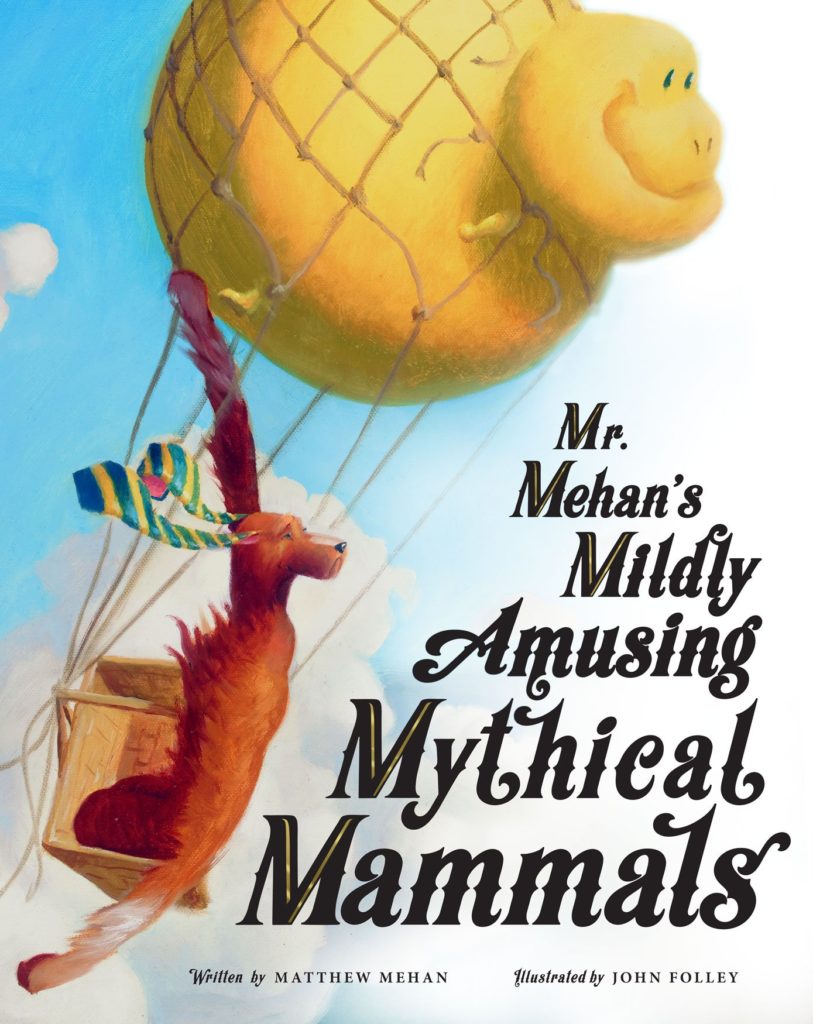
This treasured tome is a collection of 26 poems about mythical mammals (one for each letter of the alphabet), accompanied by paintings depicting each mammal. The poems tell a story about the Dally and the Blug as they face life’s challenges, buoyed by the grace of their friendship. The paintings are rich and detailed—compelling fodder for young imaginations. The author’s desire to pass on his love of language is clear throughout, though best punctuated in the glossary, which weaves together definitions and references to the books prodigious literary ancestry. Mehan impressively deploys these and other facets (did I mention the treasure hunt?) into a book that simultaneously challenges and delights the young, old, and in-between.
—Tim McGovern is the director of information technology at The Heritage Foundation.
29) “The Man Who Cooked For Himself” by Phyllis Krasilovsky

“The Man Who Cooked For Himself” is a good book. His friend who usually does his shopping for him goes on vacation, and the man eats up all the food, so he has to go out and find food for himself. He catches fish with a paper clip and makes pancakes out of acorns. Also, his cat is cute.
—Jim Weidman is director of editorial services for The Heritage Foundation.


